A glass bottle almost full with ancient olive oil was discovered in a Roman town called Herculaneum, near modern Naples. It was found in a 2,000 year old bottle that dates back to 79 A.D.
The oil changed its molecular compounds and has solidified to one side of the bottle. This is due to the bottle being kept in an inclined position, having uncontrolled conservation conditions, and also the extreme heat from the 79 A.D. Vesuvius eruption.
The organic material inside the bottle was carbon tested. In addition, magnetic resonance and mass spectrophotometry tests were conducted in order to confirm that the content was just a single oil and not animal fat, which was also commonly used at the time. These tests also confirmed that this glass bottle is in fact the world’s oldest olive oil ever found.
This confirmation helped scientists understand the molecular evolution of olive oil and the importance it held in the ancient Mediterranean diet.
What Researchers Found in the Oldest Olive Oil Bottle
Raffaele Sacchi, the chair of the food science and technology in the Agriscience department at the University of Naples Federico II found that not a lot of the actual olive oil molecules survived. He said that “the triglycerides which represent 98% of the oil, broke down into the constituent fatty acids; the unsaturated fatty acids are completely oxidized, generating hydroxy acids, which, in turn, with a slow kinetics, react with each other forming condensation products, estolides, which have never been observed before in conventional processes of natural alteration of olive oil.”
The discovery of the oldest olive oil bottle and the confirmation that the contents were indeed only olive oil, “ give us irrefutable proof of the importance this product had in the daily diet of the populations of the Mediterranean basin, in particular to the ancient Romans in Campania Felix.
The oldest olive oil bottle ever found was ‘made in Italy.’
In addition, finding that the oldest ‘certified’ olive oil bottle is from Italy further reinforces its cultural significance and the image of Italian olive oil.
Image by Raffaele Sacchi
Source: Olive Oil Times article
If you’d like to read about the myths that surround the 1st Olive tree, click here.






